Tag: recovery

Few Ideas on How Nurses Can Recover After Difficult Shifts
Most medical professionals agree that a nursing career can be constantly stressful. It comes with the territory of caring for those who are ill and injured. On an average day, well-trained nurses are more than capable of... read more
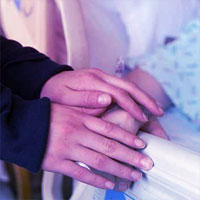
Clinical Impact and Assessment Tools Capable of Identifying Delirium in Cardiac Arrest Survivors
This review aims to describe the clinical impact and assessment tools capable of identifying delirium in cardiac arrest survivors and providing strategies aimed at preventing and treating delirium. Patient factors leading... read more
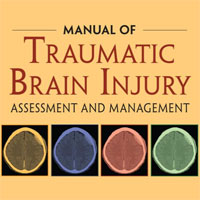
Manual of Traumatic Brain Injury: Assessment and Management
Now completely revised and updated, Manual of Traumatic Brain Injury: Assessment and Management, Second Edition is a comprehensive evidence-based guide to brain injury diagnosis, treatment, and recovery, delivered in a succinct... read more

Effects of Baseline Thrombocytopenia and Platelet Decrease Following RRT Initiation in Patients With Severe AKI
Baseline thrombocytopenia and platelet decrease following renal replacement therapy initiation were associated with increased mortality, and baseline thrombocytopenia was associated with decreased rates of renal recovery.... read more
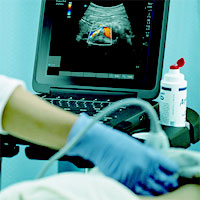
Top 10 Perioperative Applications of Point-of-Care Ultrasound for Anesthesiologists
Anesthesiologists have been leaders in the use of point-of-care (POC) ultrasound for intraoperative transesophageal echocardiography (TEE), and to guide vascular access and regional anesthesia procedures. Recently, anesthesiologists... read more

Characteristics, Management, and In-hospital Mortality Among Patients with Severe Sepsis in ICU in Japan
Sepsis is a leading cause of death and long-term disability in developed countries. A comprehensive report on the incidence, clinical characteristics, and evolving management of sepsis is important. Thus, this study aimed... read more

From In Shock to True Connection with Our Patients
If you work in healthcare and haven't read the book "In Shock: My Journey from Death to Recovery and the Redemptive Power of Hope" I really hope you will. In the meantime listen to intensivist and best-selling author Dr Rana... read more
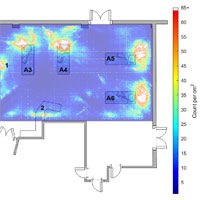
Mapping Sources of Noise in an ICU
Excessive noise in hospitals adversely affects patients' sleep and recovery, causes stress and fatigue in staff and hampers communication. The World Health Organization suggests sound levels should be limited to 35 decibels.... read more

Evaluation of Medetomidine-ketamine and Atipamezole for Reversible Anesthesia of Free-ranging Gray Wolves
Twenty-eight anesthetic events were carried out on 24 free-ranging Scandinavian gray wolves (Canis lupus) by darting from a helicopter with 5 mg medetomidine and 250 mg ketamine during winter in 2002 and 2003. Mean±SD doses... read more
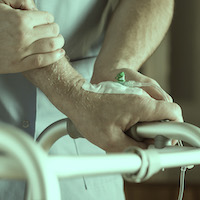
Social and Economic Problems of ICU Survivors Identified by a Structured Social Welfare Consultation
Despite over a decade of trials, no outpatient intervention has demonstrated any measurable improvement in the poor health-related quality of life (HRQoL) patients experience following critical illness [1, 2]. One novel avenue... read more
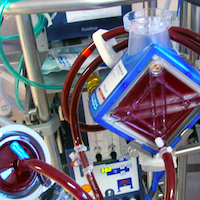
How Should ECMO Initiation and Withdrawal Decisions Be Shared?
Extracorporeal membrane oxygenation (ECMO) is a new technology used to rescue patients with severe circulatory or respiratory failure and help bridge them to recovery or to definitive therapies like device implantation or... read more
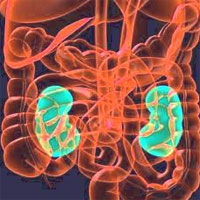
Long-term survival in patients with septic acute kidney injury is strongly influenced by renal recovery
In patients with sepsis, recovery by hospital discharge is associated with long-term survival similar to patients without AKI. Of the 1742 patients who survived to hospital discharge, stage 2–3 AKI occurred in 262 (15%),... read more
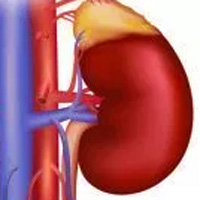
A Pilot Study Evaluating the Effect of Cooler Dialysate Temperature on Hemodynamic Stability During Prolonged Intermittent RRT in AKI
Acute kidney injury (AKI) requiring renal replacement therapy (RRT) is associated with high morbidity and mortality. Complications of renal replacement therapy include hemodynamic instability with ensuing shortened treatments,... read more
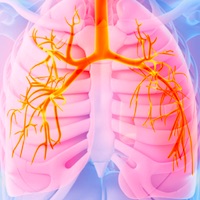
Prolonged acute and post-acute care recovery of physical function in survivors of acute respiratory failure
The proportion of survivors of acute respiratory failure is growing; yet, many do not regain full function and require prolonged admission in an acute or post-acute care facility. Patients who require prolonged admission... read more








